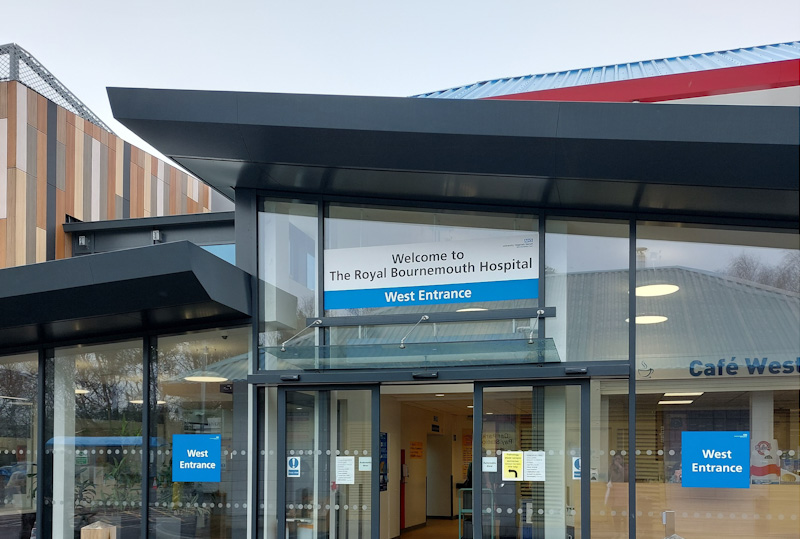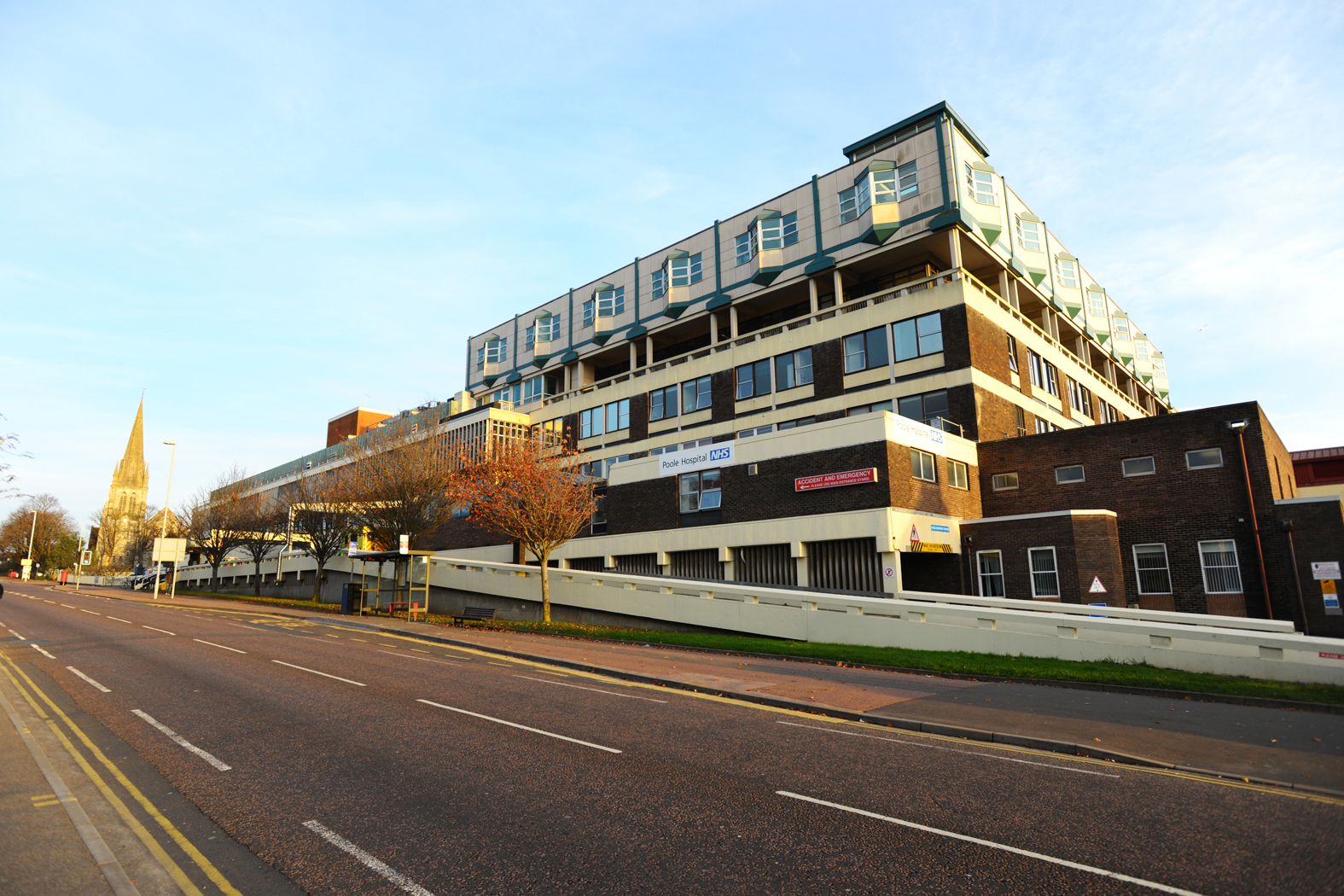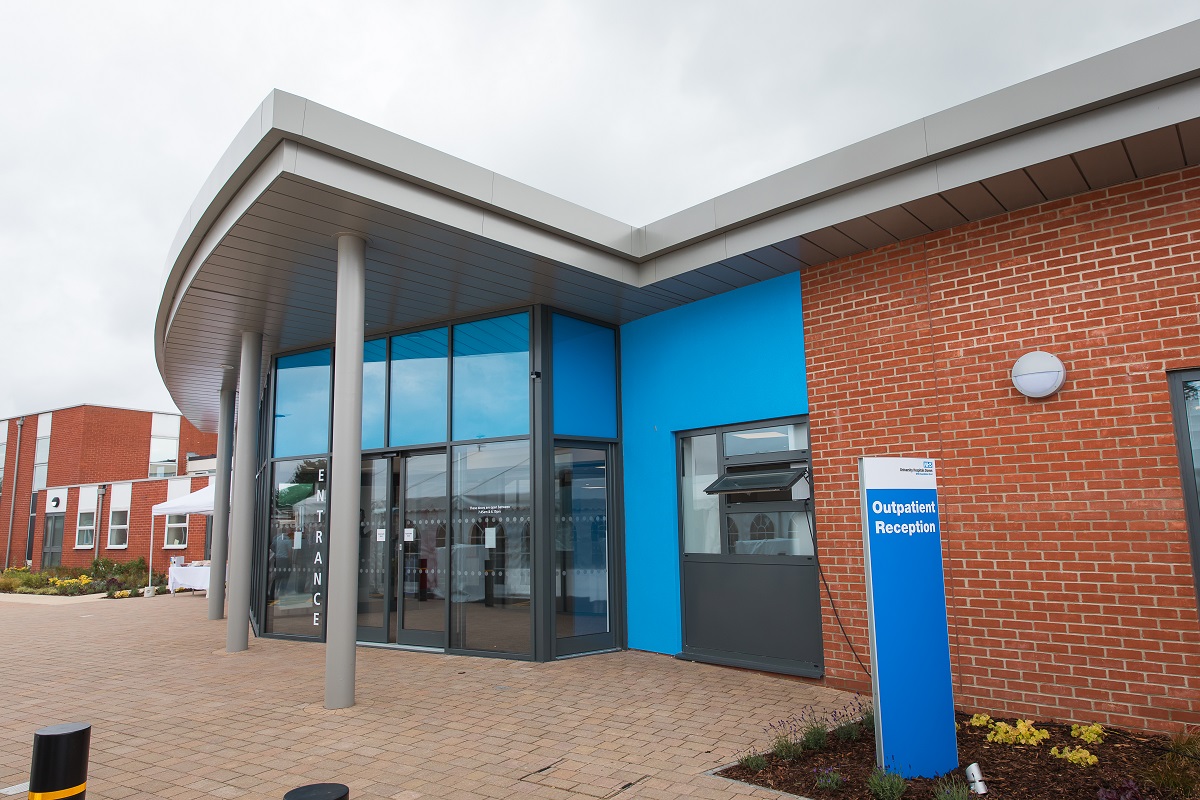Conditions
Autism
Whats is ASD?
ASD stands for Autism Spectrum Disorder and is a developmental condition affecting how people interact, communicate and behave, as well as how people make sense of the world. Websites such as the National Autistic Society and NHS Choices provide a good introduction to what ASD is.
ASD is a lifelong condition. It cannot be cured. Although it is a disability, there is a strong community of people with ASD who advocate there are many advantages to being on the spectrum and there should not be a focus on finding a cure, but instead focusing on what support is needed and how the environment can be adapted to help improve people's ability to function within it. The term 'neurodiversity' is used within this and puts forward the view that ASD is a normal variation of human diversity.
Different Terms
There are lots of terms used to describe ASD, including:
- Autism.
- ASC (Autism Spectrum Condition).
- Asperger syndrome (this is part of the autism spectrum, it is no longer a separate diagnosis).
- High functioning autism
At the Child Development Centre in Poole Hospital, we use the term ASD. The term Asperger Syndrome is no longer a diagnosis given as it was removed from the latest diagnostic manual. Asperger Syndrome comes under the umbrella of ASD.
Advice and Interventions
The most helpful interventions for children with ASD focus on:
- Communication. Sharing attention, copying children's play (such as PEIC-D or intensive interaction) and joining a child in what they enjoy helps teach fundamental communication skills.
- Focus on a child's strengths and what they can do. Celebrate their achievements. Special interests can be used to help children engage in a wider range of topics. 'Stimming' (self stimulatory behaviour such as hand flapping or spinning), if it isn't harmful, does not need any intervention.
- Environmental modifications at both home and the education setting. Use visual resources and prompts to help children understand. Adapt environments to suit individual needs so they support children to play and learn. Having a consistent routine and clear communication of this is helpful.
- Encouraging independence. Help children learn the skills they need to help themselves with dressing, feeding, bathing, playing and learning. Children with ASD often need more visual information to learn these skills. Some children need hand over hand help, others can copy someone modelling what they need to do. Support can be gradually lessened to help children take over themselves.
- Record behaviour and try to identify patterns of what triggers certain behaviour. Use this information to help predict what upsets your child and what helps them calm down. This can often relate to sensory integration. Sensory input can trigger behaviour, and different sensory strategies can help calm children (e.g. for some children, noise can upset them, and movement can calm them).
There is a lot of unreliable information available on the internet. There are treatments that offer 'cures' and significant benefits, however, the guidance from NICE (the National Institute for Clinical Excellence) recommends that the following interventions are NOT used.
- Do not use exclusion diets (such as gluten or casein free)
- Do not use Auditory integration training
- Do not use Neurofeedback
- Do not use Omega 3 fatty acids to manage sleep
- Do not use Secretin
- Do not use Chelation
- Do not use Hyperbaric oxygen chambers
Autism Assessments at Poole Hospital
Click here for further information.
Useful Rescources
Have a look at our Useful Links page which has a section on Autism.
Cerebal Palsy
What is cerebal palsy?
It is a permanent physical disability that affects movement and posture. Cerebral (of the brain) Palsy (Lack of muscle control)
What causes it?
Cerebral palsy is an umbrella term for a number of neurological conditions affecting a person’s ability to move. Neurological conditions are caused by problems in the brain and nervous system.
Cerebral palsy is caused by a problem in the parts of the brain responsible for controlling muscles. The condition can occur if the brain develops abnormally or is damaged before, during or shortly after birth. The damage affects the messages being both sent from and received by the brain, and the way in which the brain interprets the information it receives
Read more about the causes of cerebral palsy. (NHS Choices)
It is estimated that 1 in 400 people in the UK is affected by cerebral palsy.
Are all children with cerebral palsy the same?
Cerebral palsy affects people in different ways and can affect body movement, muscle control, muscle coordination, muscle tone, reflexes, posture and balance. Although cerebral palsy is a permanent life-long condition, some of these signs of cerebral palsy can improve or worsen over time.
These symptoms can affect different areas of the body and vary in severity from person to person. Some people will only have minor problems, which may affect one or two limbs whereas others will be severely disabled with whole body involvement.
There are 3 main types:
- Spastic cerebral palsy
- Present in 75-80% of people, muscle tone is tight and stiff and there is decreased range of movement.
- Dyskinetic cerebral palsy
Sometimes referred to as dystonic or athetoid present in about 15% of people with cerebral palsy. Dyskinetic cerebral palsy causes uncontrolled, involuntary, sustained or intermittent muscle contractions as the muscle tone changes from tight to loose, often accompanied with slow, rhythmic movements. The whole body can be affected which can make it difficult to maintain an upright position. Speech can also be affected as the person may experience difficulty in controlling the tongue, vocal chords and breathing.
Ataxic cerebral palsy
Presents in about 4% of people with cerebral palsy and can affect the whole body. People with ataxia may have unsteady, shaky movements or tremor and difficulties maintaining balance or find it difficult to judge their body position in relation to things around them. Most people with ataxic cerebral palsy can walk but they will be unsteady with shaky movements. Speech and language can also be affected.
Mixed cerebral palsy - Many people with cerebral palsy will have a combination of the above types.
You may also come across other terms used to describe which parts of the body are affected. For example:
- Unilateral or Hemiplegia means that the person is affected on one side of their body.
- Bilateral or Diplegia means when both sides of the body are affected. This is often mainly the lower limbs.
- Quadriplegia is when the whole body is affected
- Monoplegia means that one limb is affected
Some people with cerebral palsy may also have a number of associated problems including visual, hearing, seizures or fits, drooling problems and swallowing difficulties. Some people with the condition may have communication and learning difficulties, although intelligence is often unaffected.
Read more about the symptoms of cerebral palsy. (NHS Choices) (Scope)
When to seek medical advice
A child with cerebral palsy may be slower in achieving important developmental goals, such as learning to crawl, walk or speak.
You should see your GP if you are concerned about your child's development. If necessary, they can refer you to a paediatrician (a doctor who specializes in the treatment of children), who can help identify any problems.
Read more about diagnosing cerebral palsy.
How is cerebral palsy treated?
There is no cure for cerebral palsy, but a range of treatments are available to help treat many of the symptoms and enable them be as independent as possible:
Physiotherapy
Physiotherapy is normally started when your child is diagnosed with cerebral palsy. It is one of the most important ways of helping your child manage their condition.
The main goals of physiotherapy are:
- to prevent the weakening of muscles that are not normally used by your child
- to prevent muscles shortening and losing their normal range of movement (known as a contracture)
- to help your child develop their ability to move and become as independent as possible
There is a risk of contracture in children who have problems stretching their muscles as a result of muscle stiffness. If the muscles cannot stretch, they do not grow as fast as the bones. This can lead to deformities, causing your child pain and discomfort
A physiotherapist will teach your child a variety of physical exercises to strengthen and stretch their muscles, which they can carry out every day. They will also teach your child activities to help them to learn to move and develop their mobility, balance and independence.
Special arm or leg splints (orthoses) may also be used to help stretch their muscles and improve their posture.
Occupational Therapy
Occupational Therapy is another very important way of helping your child learn how to manage their condition and learn how to be as independent as possible.
This will involve identifying problems your child may have carrying out everyday tasks and finding solutions.
They can advise your child on the best way to carry out tasks that require movement skills, such as going to the toilet or getting dressed.
Speech Therapy
Speech therapy can help children who have trouble communicating, by teaching them activities that can help them to develop their ability to speak.
If they have severe speech difficulties, the therapist may be able to teach them an alternative method of communication, such as sign language.
Medications for muscle stiffness
If your child's muscles are particularly stiff, and are causing discomfort or are preventing them from doing everyday tasks, medication to relax their muscles may be offered.
Botulinum toxin
If your child has muscle stiffness affecting a specific muscle or group of muscles, injections of a medication called botulinum toxin may be offered. The effects of botulinum toxin injections normally last between three and six months. The treatment is most effective when a programme of stretching and physiotherapy follows the injections.
Treating feeding and drooling problems
Children who have problems controlling their mouth will often find it difficult to swallow food and control their saliva production. Both of these can be potentially serious and require treatment.
If your child has problems swallowing their food (dysphagia), there is a risk that small pieces of food could enter their lungs. This can damage the lungs and cause an infection
If your child's dysphagia is mild, it may be possible for a speech and language therapist to teach them techniques to deal with it. A diet of soft foods may also be advised.
If the problem is more serious, a feeding tube may be needed.
A number of medical treatments can also help children control their drooling
Read more about treating dysphagia.
Surgery
Surgery may sometimes be used to correct problems with bones and joints, by lengthening any muscles and tendons that are too short and causing problems.
This type of surgery, known as orthopaedic surgery, may be recommended if your child's cerebral palsy is causing them pain when they move. It can also improve their posture and movement, as well as their confidence and self-esteem.
Your child will be routinely monitored and may need regular hip and spine X-rays to check for any problems that need to be corrected with surgery.
Selective dorsal rhizotomy (SDR)
This is a surgical procedure that can help children with particularly severe muscle stiffness in their legs to improve their walking. It is usually only recommended if scans have shown the child has damage to the brain's white matter (periventricular leukomalacia), other treatments for muscle stiffness have had limited effect and where the child meets the selection criteria.
The operation involves cutting some of the nerves in the lower spinal column, which can help relieve leg stiffness. This is only available in a few centres in the UK on an NHS and a Private basis.
Extensive physiotherapy lasting many months will be needed after the operation, to help your child "relearn" how to control their leg muscles, this is not currently available on the NHS, private funding will need to be sought.
As with all types of surgery, the SDR procedure also carries the risk of complications.
For more information about SDR, see the guidelines from the National Institute for Health and Care Excellence (NICE) on selective dorsal rhizotomy for spasticity in cerebral palsy.
Read more about treating cerebral palsy.
Outlook
Cerebral palsy is not a progressive condition. This means the original problem in the brain doesn't get worse with age, and life expectancy is usually unaffected.
However, the physical and emotional strain of living with a long-term condition such as cerebral palsy can put a great deal of stress on the body, which can cause further problems in later life.
Read more about the complications of cerebral palsy.
Down Syndrome
What is Down syndrome?
Down syndrome is a genetic condition, caused by the presence of an extra chromosome 21 in the cells in someone’s body; it is sometimes called Trisomy 21. It is usually a chance happening at the time of conception, and is not usually inherited. Every person with Down syndrome is an individual, and will not be the same as anyone else with Down syndrome. Everyone with Down syndrome will have a degree of learning difficulty, which will vary from person to person; they may have one or more of the health problems which can be associated with Down syndrome. Professionals from both the health and education services will be available to help you support your child, and there are excellent voluntary organisations too.
Associated health conditions
Some of these can affect newborn babies, others may become an issue later in life. People with Down syndrome have an increased risk of congenital heart disease – congenital means being born with it. The team looking after babies with Down syndrome will arrange specialist tests of the baby’s heart, with an ECG (heart trace) and echocardiogram – like an ultrasound test. About 4 in 10 babies with Down syndrome have heart disease, and this may need specialist referral and treatment early on, or may need out-patient monitoring. The routine tests that all newborn babies have will be performed, looking at hearing, hips and eyes – these will be done at 2-3 days old, and again at 6-8 weeks; the newborn baby blood spot tests will be taken. In hospital, your baby’s paediatrician will monitor results and arrange other tests as needed. After discharge, your GP and Health Visitor will be available for advice.
Vision and hearing difficulties may occur, and many children with Down syndrome will need to wear glasses as they get older. Your baby will have a newborn hearing screen, and then a further hearing review at 8 months. Other conditions are less common, but should be considered at the health reviews your child will be offered and, as ever, any concerns you have about your child’s health should be discussed with a health professional.
What does the Child Developmental Centre do?
For newborn babies, staff from the maternity or neonatal unit will make a referral to the CDC, and we will arrange an appointment with a Paediatrician (with specialist training in child development), a Physiotherapist, an Occupational Therapist and a Speech and Language Therapist. We would aim to make this a joint appointment with everyone together. For older children (up to school entry) who move in to our area, the appointment would be with a Paediatrician and whichever therapist(s) were required. Once children have started at school, the paediatrician linked with the school would be the right person to meet. An assessment of the child’s development will be followed up by therapy as needed, with referral on to other professionals, again as needed for each individual. Children will stay under the care of the CDC until they start school, when their care will be passed on to the school paediatrician.
Local Care Pathways
In order to ensure all children and young people with Down syndrome living in East Dorset, Bournemouth and Poole (and there are just under 100 individuals) receive the best care, we have guidance on when they should be seen, and by whom. Regular reviews of general health, growth, development and behaviour are important and regular tests of hearing, vision and thyroid function are recommended. Your child’s paediatrician can arrange these tests.
Useful links
The Down’s Syndrome Association (http://www.downs-syndrome.org.uk/) is an excellent national support group, with a wide range of information pages; the Downs Heart Group (http://www.dhg.org.uk/) provides advice and support for children with heart problems and their families. The Down Syndrome Medical Interest Group (http://www.dsmig.org.uk/) is for professionals with an interest in Down syndrome. Downright Perfect (www.facebook.com/downsindorsetopengroup )is the local support group.
Learning disabilities
There is no completely satisfactory definition of "learning disability", but in 1992 the World Health Organisation (WHO) described it as a "condition of arrested or incomplete development of mind, especially characterised by impairment of skills manifested during the development period, contributing to the overall level of intelligence i.e. cognitive, motor and social abilities". Many previously used terms are now felt to be perjorative.
"Developmental delay" may be a term used and may be legitimate when there is genuine uncertainty about the significance of an unusual pattern of development, but it carries the implication that the child will eventually catch up and so may be misleading.
As with many conditions there is a range of learning disabilities with some children being more severely affected than others. We are more likely to find a reason in those who are more severely affected whilst mild learning disabilities are probably caused by a combination of genetic and environmental factors rather than an organic disorder.
Children with a learning disability may attend a special school. The Children's Learning Disability Service is run by Dorset Healthcare and is based at Seastone House in Westbourne. The team sees children who have a learning disability (or attend a special school) and are presenting with either a behavioural difficulty or mental health problem. The team is made up of specialist learning disability nurses, occupational therapists, support workers, a psychologist and psychiatrist.
Sensory Integration
What is sensory integration?
Download our leaflet 'What is Sensory Integration?'
Sensory integration is a process that happens in the brain to put all of the sensory information received together, make sense of it and act on it.
Our seven senses are:
- Visual
- Auditory (sound)
- Taste
- Smell
- Touch
- Proprioception (muscle and joint movement)
- Vestibular (balance and head movement).
Our brains integration sensory information automatically, all the time.
Sensory integration difficulties
If a child or adult has a problem integrating sensory information, they can find daily tasks difficult. It may result in children having a disproportionate response to sensory information, such as screaming when they hear a noise or saying that a someone touching their arm lightly was painful.
The occupational therapists in Children's Therapy Services can provide support to children on the autism spectrum with sensory difficulties - you can read more about their service here.
Useful resources
For further information about children with sensory needs, this video may be helpful.
There are handouts on our handouts for parents page, covering topics such as:
- Picky Eating
- Toothbrushing
- Movement
- Hair cuts









